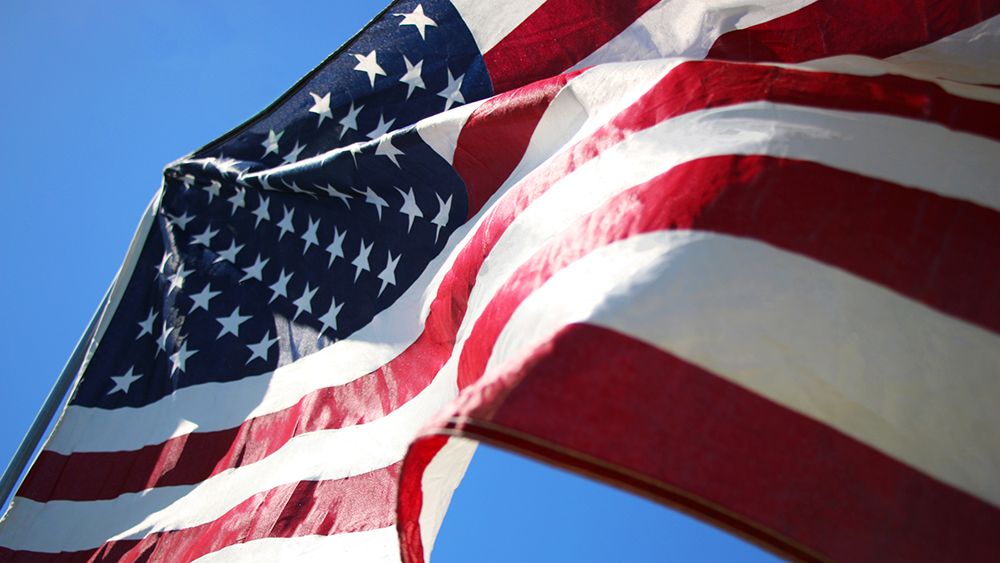The First World War, occurring from 1914 to 1918, remains a testament to the endurance and ultimate sacrifice made by millions.
Occurring over a century ago, the weather was far less predictable than it is now but was just as brutal as it can be today and made life for soldiers incredibly difficult, whether that was from extreme heat, freezing cold or flooding rainfall.
Remembrance Day is a memorial holiday that coincides with Veterans Day each year. We honor our American veterans today from all conflicts past and present, but the end of World War 1 is also remembered on this holiday.
Major hostilities from the Great War were formally ended on the 11th hour on the 11th day of the 11th month of 1918, when armistice began. Armistice Day, or Remembrance Day, was officially renamed to Veterans Day in 1954.
The weather had a significant impact on the war and was an enemy for soldiers in the trenches.
As the summer of 1914 unfolded, invasions were occurring and soldiers were traveling in the dog days of summer. Temperatures soared to unprecedented highs in northern Europe. At one point, a heat wave broke out, bringing temperatures above 86 degrees for several days straight early in the month.
Soldiers wearing wool uniforms and burdened with heavy equipment confronted the scorching heat as they navigated challenging terrains to reach the front lines.
The extreme heat was then followed by unexpectedly early extreme cold, which made managing resources difficult.
The bitter cold that gripped the Western Front during the winter months was a sharp contrast to the preceding summer of 1914. Temperatures in November of that year became much colder than average, leaving soldiers without winter coats in the harsh conditions.
Help would come in December when gloves and winter coats would be handed out, but fur-lined boots wouldn’t arrive until January.
In 1917, a severe winter struck between Jan. 20 and Feb. 9, with temperatures never rising above freezing. In the middle of that arctic blast, one February night saw the overnight low plummet to a bone-chilling nine degrees below zero, rendering limbs and fingers numb.
The soldiers would try their best to keep warm by building fires in the trenches, but that quickly proved fruitless because the smoke would become trapped and suffocate the men.
It wasn’t only smoke that became trapped in the trenches, but these long, zig-zag rows, often 12 feet deep, would become small rivers during heavy rain.
One of the most pervasive effects of weather on World War I was the relentless onslaught of rain. For 648 days - almost half of the war’s duration - rain and snow battered the Western Front, transforming trenches into mud and misery.
For over two weeks in Jan. 1915, over four and a half inches of rain fell in northeastern France, which was double what they would normally get during that time of the year.
Torrential rainfall in 1915, 1916 and 1918 had a decisive role in major battles such as Verdun and the Somme, contributing to the death of over a million soldiers.
Many times, large ridges of high pressure over Russia would produce extreme cold in the eastern part of Europe and result in a repetitive pattern of low pressure systems for western Europe, bringing little to no sunshine or heavy rainfall for the area.
It’s worth mentioning that the war and the influenza pandemic teamed up with the hazardous weather to make for especially deadly conditions for those fighting.
Experts have uncovered data showing that the mallard ducks migration, influenced by adverse weather, likely played a role in the flu's transmission to humans, especially during the fall of 1917 and 1918.
Nearly 10 million soldiers were killed during World War I, with over 116,000 from the United states. The relationship between extreme weather and the severity of both the war and the influenza pandemic emphasizes the vulnerability of humanity to the forces of nature.
As we reflect on those who have fought to keep America free and those who continue to serve our country that way today, let us remember the bravery of those who endured such hostile conditions during one of the most deadly conflicts in history.
Our team of meteorologists dive deep into the science of weather and break down timely weather data and information. To view more weather and climate stories, check out our weather blogs section.



